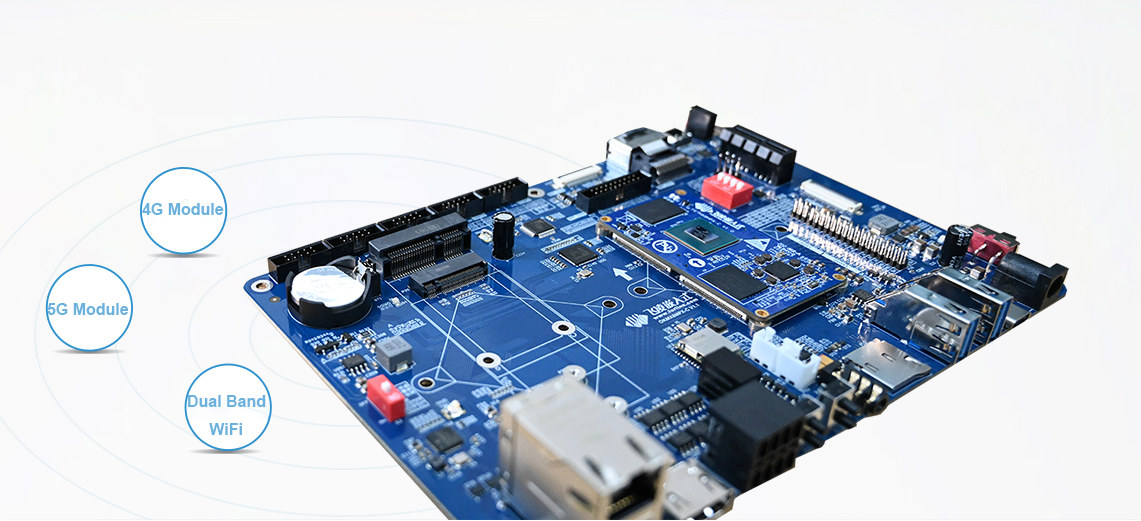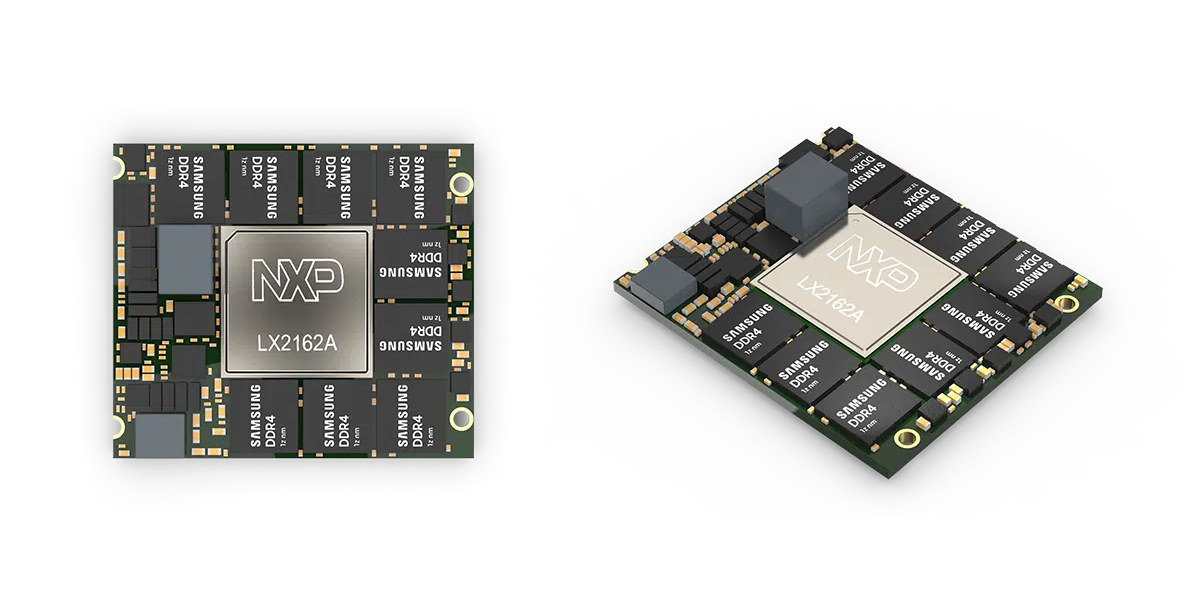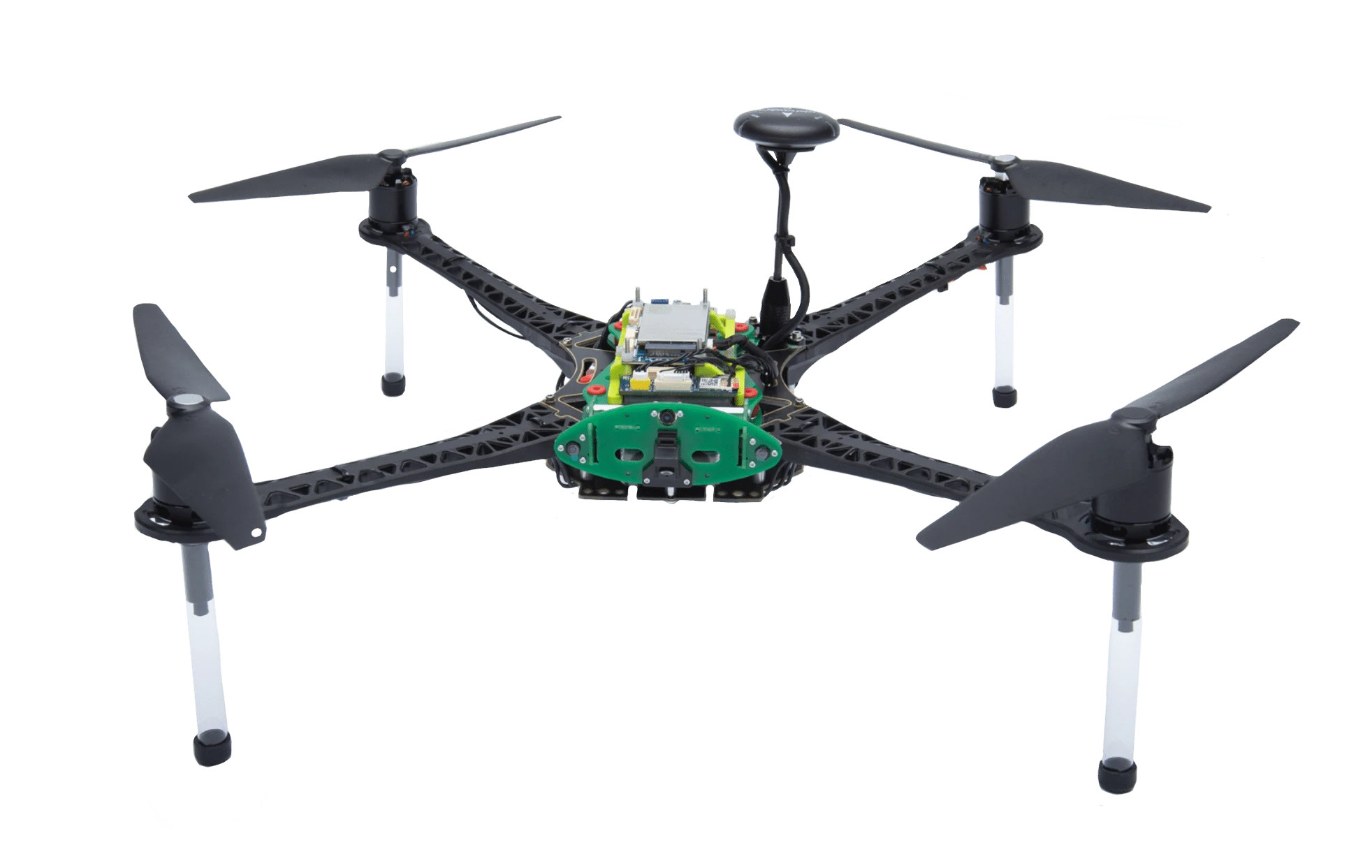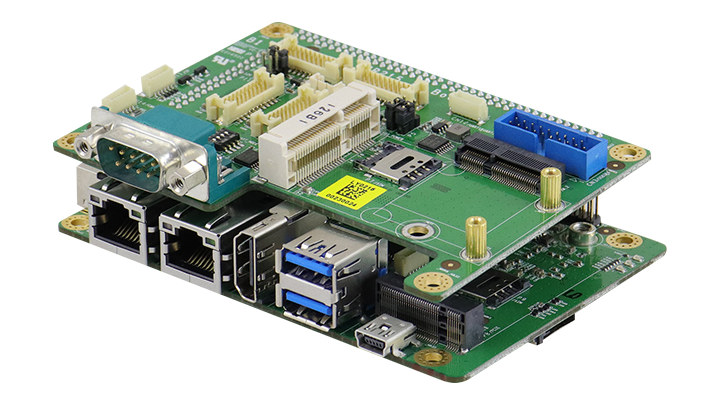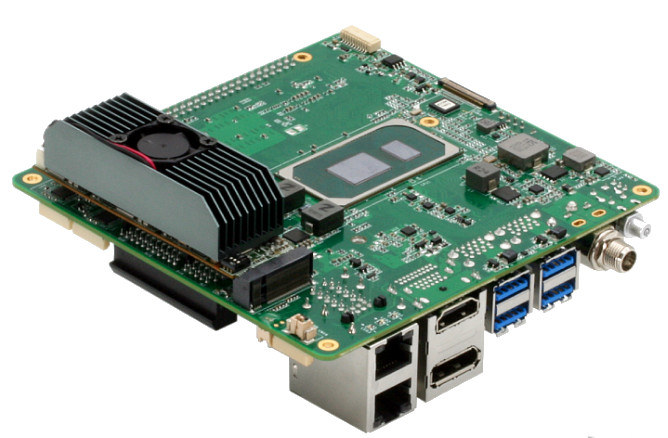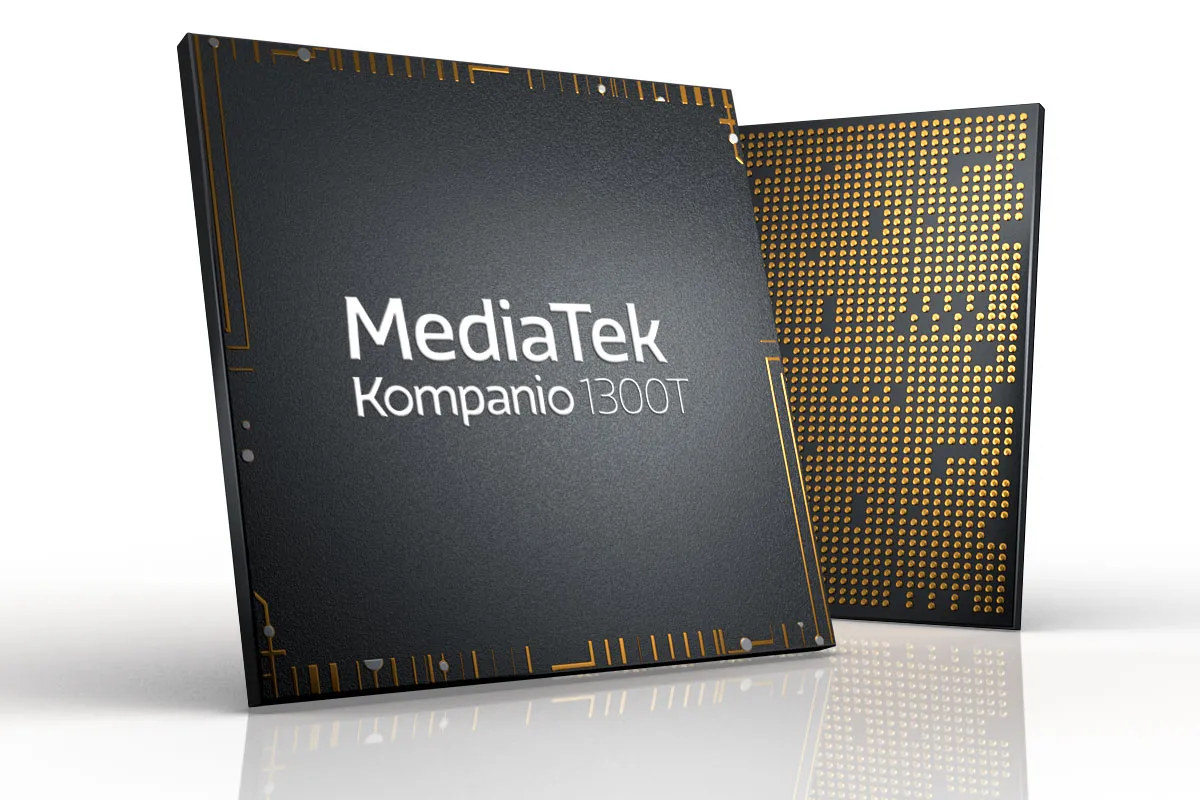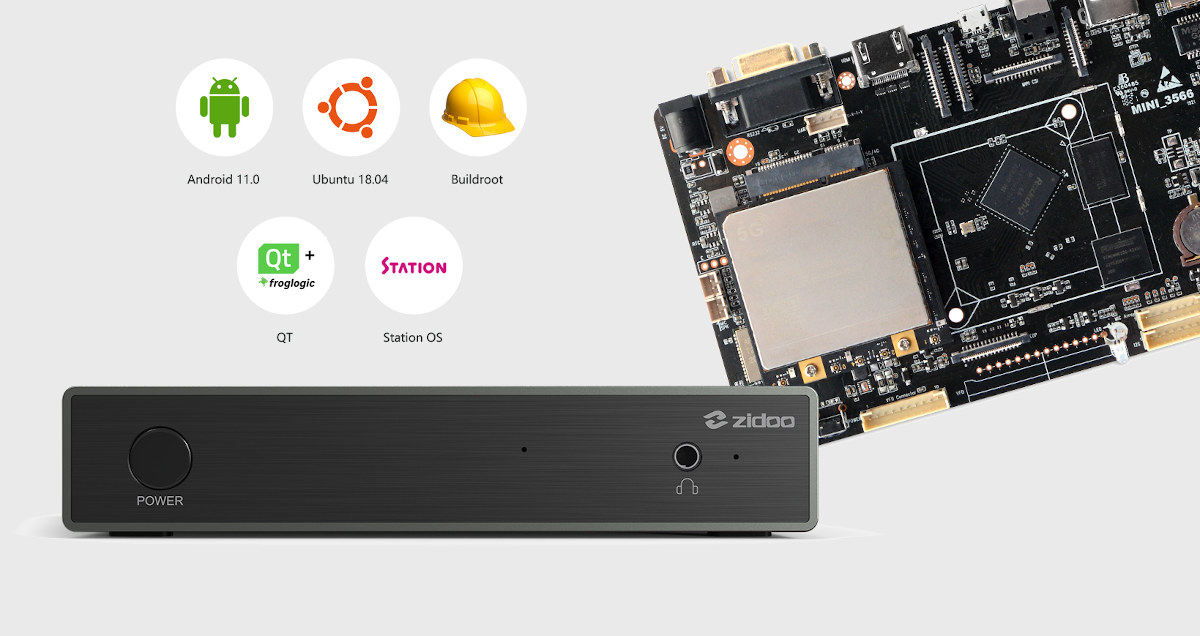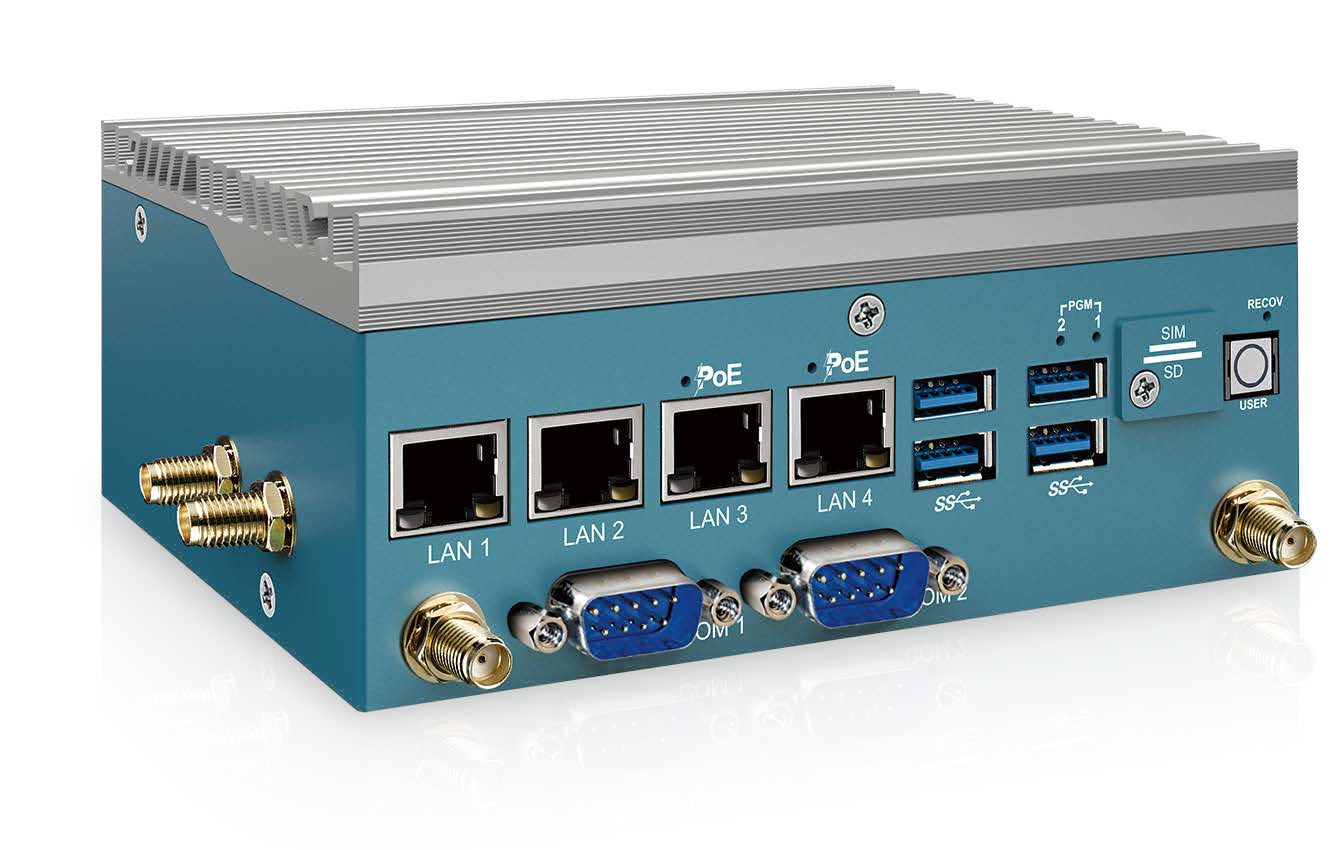We’ve already covered plenty of NXP i.MX 8M Plus systems-on-module and carrier boards, but here’s another solution with Forlinx OKMX8MP-C SBC single board computer based on FETMX8MP-C SoM with 4GB LPDDR4 and 16GB eMMC flash. The feature-packed board also offers dual Gigabit Ethernet, 4G and 5G cellular connectivity support via mPCIe and M.2 sockets, multiple display and camera interfaces, RS485 and CAN Bus connector, USB interfaces, various expansion headers, and more… Forlinx OKMX8MP-C specifications: Forlinx FETMX8MP-C System-on-Module SoC – NXP i.MX8M Plus with quad-core Cortex-A53 processor @ up to 1.6 GHz, Arm Cortex-M7 real-time core, Vivante 2D/3D GPUs, 1080p60 video decoder/encoder, 2.3 TOPS AI accelerator System Memory – 2GB, 4GB (default), 6GB, or 8GB LPDDR4 Storage – 16GB eMMC flash Ultra-thin board-to-board connector (4x 80-pin connector with 0.5mm pitch) Supply Voltage – 5V Temperature Range – -40°C to +85°C Dimensions – 62 x 36 mm (8-layer ENIG PCB) Storage – […]
SolidRun LX2162A SOM packs 16 Cortex-A72 cores, 32GB DDR4 onto a 58x48mm module
SolidRun LX2162A SOM is a compact (58x48mm) system-on-module based on NXP LX2162A 16-core Cortex-A72 networking processor and equipped with up to 32GB DDR4 RAM that’s 25% of the size of the company’s earlier COM Express Type 7 computer-on-module based on NXP LX2160A 16-core Arm Cortex A72 communication processor and found in ClearFog CX LX2K networking board. The much smaller size has been made possible by replacing the SO-DIMM sockets with soldered RAM, and switching from LX2160A to LX2162A SoC with similar features, but offered in a 23x23mm package that is nearly one quarter the size thanks to a reduction of the number of SerDes and PCIe interfaces, and manufacturing with a 16nm FinFET process technology. LX2162A SOM specifications: SoC – NXP Layerscape LX2162A communication processor with 16x Cortex A72 cores clocked at up to 2.0 GHz (option for the 12-core LX2122A, or 8-core LX2182A) Memory – Up to 32GB DDR4 […]
Qualcomm Flight RB5 5G Platform is a high-end drone reference design with 7 cameras
Leveraging its involvement in the Ingenuity Mars helicopter, Qualcomm has introduced the Qualcomm Flight RB5 5G platform, a high-end drone reference design with 5G and WIFi 6 connectivity, seven cameras up to 8K resolution, and 15 TOPS of AI performance. The platform is based on Qualcomm QRB5165 octa-core processor, a variant of Snapdragon 865 for robotics, also found in Qualcomm Robotics RB5 Platform with support for Intel RealSense D435i (that should reach end-of-life soon), and provides an upgrade to the company’s Flight Pro drone based on Qualcomm Snapdragon 820 platform. Qualcomm Flight RB5 5G Platform key features and specifications: SoC – Qualcomm QRB5165 with eight Kryo 585 cores up to 2.84 GHz, GPU Adreno 650 GPU with support for Open GL ES and OpenCL, Hexagon 698 DSP with HVX, Hexagon Tensor Accelerator, Qualcomm Spectra 480 ISP with dual 14-bit image signal processing Memory – LPDDR5 up to 2750 MHz, LPDDR4x up […]
5G compatible Arm Pico-ITX SBC is expandable through multi-function I/O board
IBASE IBR215 is a 2.5-inch Pico-ITX SBC powered by NXP i.MX 8M Plus quad-core ARM Cortex-A53 AI processor that supports 5G cellular connectivity via an M.2 3052 socket, and can be extended with an I/O expansion board with support for WiFi/BT, 4G/LTE, LCD, camera, NFC & QR-code functions. Equipped with up to 4GB RAM and 128GB flash storage, the single board computer has a ruggedized and fanless design that makes it suitable for industrial automation, smart home and buildings, smart cities and factories, retail environment, machine learning, and other industrial IoT applications. IBASE IBR215 specifications: SoC – NXP i.MX 8M Plus quad-core Arm Cortex-A53 processor @ up to 2.0 GHz with 512KB ECC cache, Arm Cortex-M7 @ up to 800 MHz, Vivante GC7000UL 3D GPU, Vivante GC520L 2D GPU, HiFi 4 DSP, 2.3 TOPS Neural Processing Unit (NPU) System Memory – 3GB DDR4 (optional 1/2/4GB) Storage 16GB eMMC flash (optional […]
UP Xtreme i11 Tiger Lake SBC launched for $299 and up
Ever since the launch of Intel Atom Cherry Trail powered Up Board SBC in 2015, AAEON has kept launching more UP boards with faster, yet still low power processors, as well as complete turnkey solutions based on their x86 SBC such as the UP Xtreme Smart Surveillance kit. The company has now started taking pre-orders for the UP Xtreme i11 Tiger Lake SBC, and a UP Xtreme i11 Edge Compute Enabling kit mini PC based on the board will become available in Q3 2021. The board features a choice of Intel 11th generation Tiger Lake Embedded “GRE” Core or Celeron processors, an Intel Altera MAX V FPGA, up to 64GB RAM, Gigabit Ethernet, 2.5GbE networking, and more. UP Xtreme i11 SBC Specifications: Tiger Lake “E”/”GRE” SoC (one or the other) Intel Core i7-1185G7GRE quad-core/8-thread processor @ up to 4.4 GHz with 96 EU Intel Iris Xe Graphics; up to 28W […]
MediaTek Kompanio 1300T processor is made for 5G tablets
MediaTek has launched several 5G mobile SoCs for smartphones in recent years, but with Kompanio 1300T Cortex-A78/A55 processor the company is targetting 5G tablets specifically. As we’ll see below MediaTek Kompanio 1300T specifications are quite similar to the ones for Dimensity 1100 processor, except for support for slightly higher resolution displays up to 2560×1600 @ 120 Hz or 2560×1440 @ 144Hz, instead of 2520 x 1080 @ 144Hz. MediaTek Kompanio 1300T processor specifications: Octa-core CPU 4x Arm Cortex-A78 cores 4x Arm Cortex-A55 cores GPU – Arm Mali-G77 MC9 AI accelerator – MediaTek APU 3.0 VPU Video Playback – H.264, H.265 / HEVC, VP-9, AV1 Video Encoding – H.264, H.265 / HEVC MediaTek HyperEngine 3.0 gaming technologies Memory – Up to 16GB LPDDR4x @ 2133 MHz Storage – UFS 3.1 Display – Up to 2560 x 1440 up to 144 Hz, 2560×1600 up to 120 Hz Camera Up to 32MP + […]
Zidoo M6 RK3566 mini PC & SBC supports GbE, WiFi 6, 5G connectivity
Zidoo M6 is both a complete mini PC and a single board computer based on Rockchip RK3566 processor with up to 8GB RAM with plenty of peripherals connectivity options including built-in Gigabit Ethernet, WiFi 6, Bluetooth 5, and support for 5G modems. Several years ago, Zidoo used to serve the TV box market, but they’ve now veered towards higher-end media players, digital signage players, and industrial applications. While we’ve already seen some RK3566 TV boxes on the market, using the AIoT processor does not make much sense in this type of product, and instead, Zidoo M6 targets AI Edge gateways, digital signage, and other AIoT products. Zidoo M6 specifications: SoC – Rockchip RK3566 with a quad-core Cortex-A55 processor @ up to 1.8GHz, Arm Mali-G52 2EE GPU with support for OpenGL ES 1.1/2.0/3.2. OpenCL 2.0. Vulkan 1.1, 0.8 TOPS AI accelerator, 4K H.265/H.265/VP9 video decoder, 1080p100 H.265/H.264 video encoder. System Memory […]
Vecow EAC-2000 fanless embedded system is powered by NVIDIA Jetson Xavier NX
Vecow Vecow EAC-2000 series fanless embedded system features NVIDIA Jetson Xavier NX module for the deployment of AI vision and industrial applications including traffic vision, intelligent surveillance, auto optical inspection, Smart Factory, AMR/AGV, and other AIoT/Industry 4.0 applications. The computer comes with up to four Fakra-Z connectors to connect GMSL cameras, as well as four Gigabit Ethernet ports, two of which with PoE+ support, takes 9V to 50V wide range DC input, and can operate in a wide temperature range from -25°C to 70°C. Two models part of Vecow EAC-2000 embedded system family are currently offered with the following specifications: System-on-Module – NVIDIA Jetson Xavier NX with CPU – 6-core NVIDIA Carmel ARM v8.2 64-bit CPU GPU -384-core NVIDIA Volta GPU with 48 Tensor Cores DL Accelerator -2x NVDLA Engines System Memory – 8GB LPDDR4x DRAM Storage – 16GB eMMC flash Storage – M.2 Key M Socket (2280) for SSD, […]


